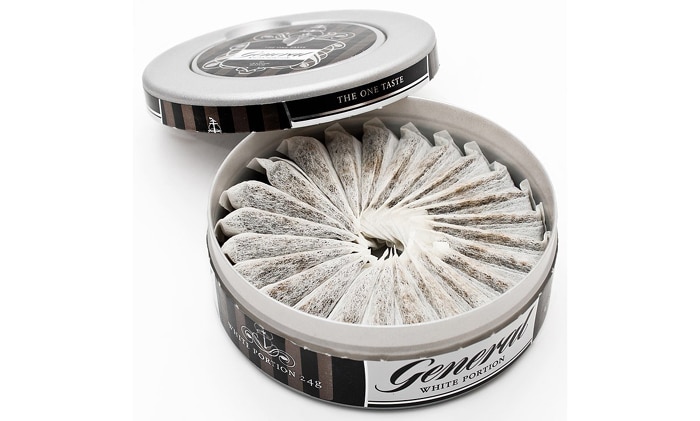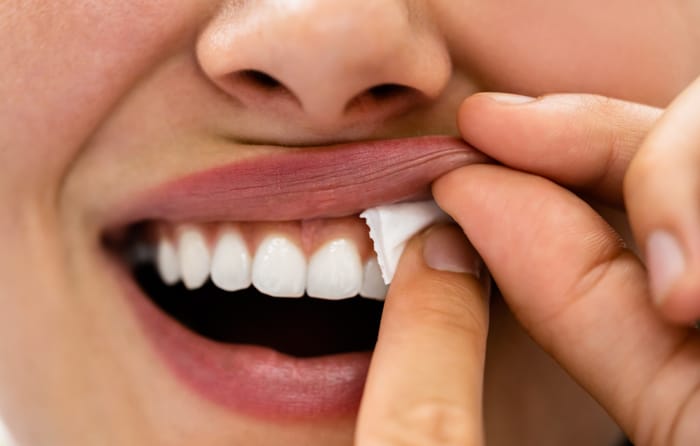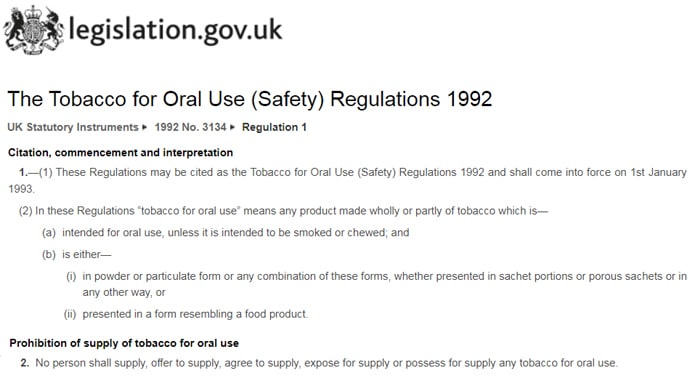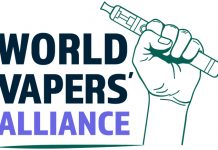The GSTHR (Global State of Tobacco Harm Reduction) website has published a briefing paper titled “What is Snus“.

The GSTHR publish briefing papers to help people understand topics in Tobacco Harm Reduction (THR). We have already covered some of their previous papers on WHO / COP10 / FCTC and “What are nicotine pouches“. I learned a lot from both of those.
All of the content below is just a summary – so please read the full paper for more information and references.
So What Is Snus?

It is something I have asked myself to be honest – as I have no experience with this product at all!
Basically Snus is an oral tobacco product and it has been in use for over 200 years! Why have I not had any interaction with it?
Well I can be forgiven for my ignorance as I am in the UK who banned oral tobacco products back in 1992 in the “The Tobacco for Oral Use (Safety) Regulations 1992”
It is banned in 38 countries worldwide. In the EU it is illegal to buy Snus online or import it for trade, but you can import it for personal use.
Apart from Sweden – who got an exception in 1995 when it joined the EU. In fact “Snus” is the Swedish word for “Snuff” which is the loose form of Snus.
How Is It Presented?
The product is made from Ground Tobacco Leaves, mixed with Salt and Water. There may also be food grade flavourings or aromas added.

It is housed in a Tea-bag like sachet which is placed under the upper lip and the nicotine is absorbed through the mouth.
It can be confused with Nicotine Pouches, but Pouches do not contain tobacco – whereas Snus is a tobacco product.

Swedish Snus
Snus is most popular in Scandinavian countries – particularly Sweden and Norway where a form of the product called “Swedish Snus” is the most dominant.
Swedish Snus is a different type of Snus product as it is pasteurised rather than fermented as some other smokeless tobacco products are.
Due to the pasteurisation the growth of bacteria is inhibited and it also enhances the shelf life.
Is Snus Safer Than Cigarettes?
A 2007 study found there was…
“…little difference in health-adjusted life expectancy between smokers who quit all tobacco and smokers who switch to snus “
The toxicants found in cigarette smoke are at much lower levels in Snus. The pasteurisation process also reduces the quantity of “Tobacco-specific Nitrosamines” – which are one of the primary carcinogens found in tobacco and are linked to Lung, Oral cavity, Oesophagus and Liver cancers.
As there is no combustion of the tobacco the risks are also lower and no inhalation of Carbon Monoxide.
The briefing paper states…
“In Sweden and Norway, high levels of snus use are associated with very low levels of smoking and smoking-related disease. Swedish men have switched from smoking to using snus in large numbers, with 23% of men using it daily in 2018.
Sweden has by far the lowest rate of smoking in Europe and is the only EU state to have reached ‘smoke-free status’, classically defined as less than 5% adult smoking prevalence, in the adult population aged between 15 and 54.”
Is Snus A “Gateway To Smoking”?
Actually it is not – it diverts people away from smoking.
I quote from the briefing paper…
“According to the gateway hypothesis, it would be predicted that among those who have not previously smoked, users of snus would be more likely than non-users to subsequently take up smoking.
But a review of the evidence examining the possibility of gateway effects in Sweden suggested that snus appeared to lead users away from smoking rather than towards it. With its status as a safer nicotine product, snus therefore not only acts as a tool to aid smoking cessation, it may also reduce the rate at which people take up smoking in the first place.”
Our introductory Briefing Paper on #snus is now available in #French, #Russian, #Portuguese, #German, #Indonesian, #Polish & #English.
Used for 200+ years, our Briefing Paper explains what snus is & why it is considered a #safernicotine product.https://t.co/ahyS3azib1 pic.twitter.com/cZ5bb9LmqQ
— The Global State of Tobacco Harm Reduction (@GlobalStateTHR) October 4, 2023







